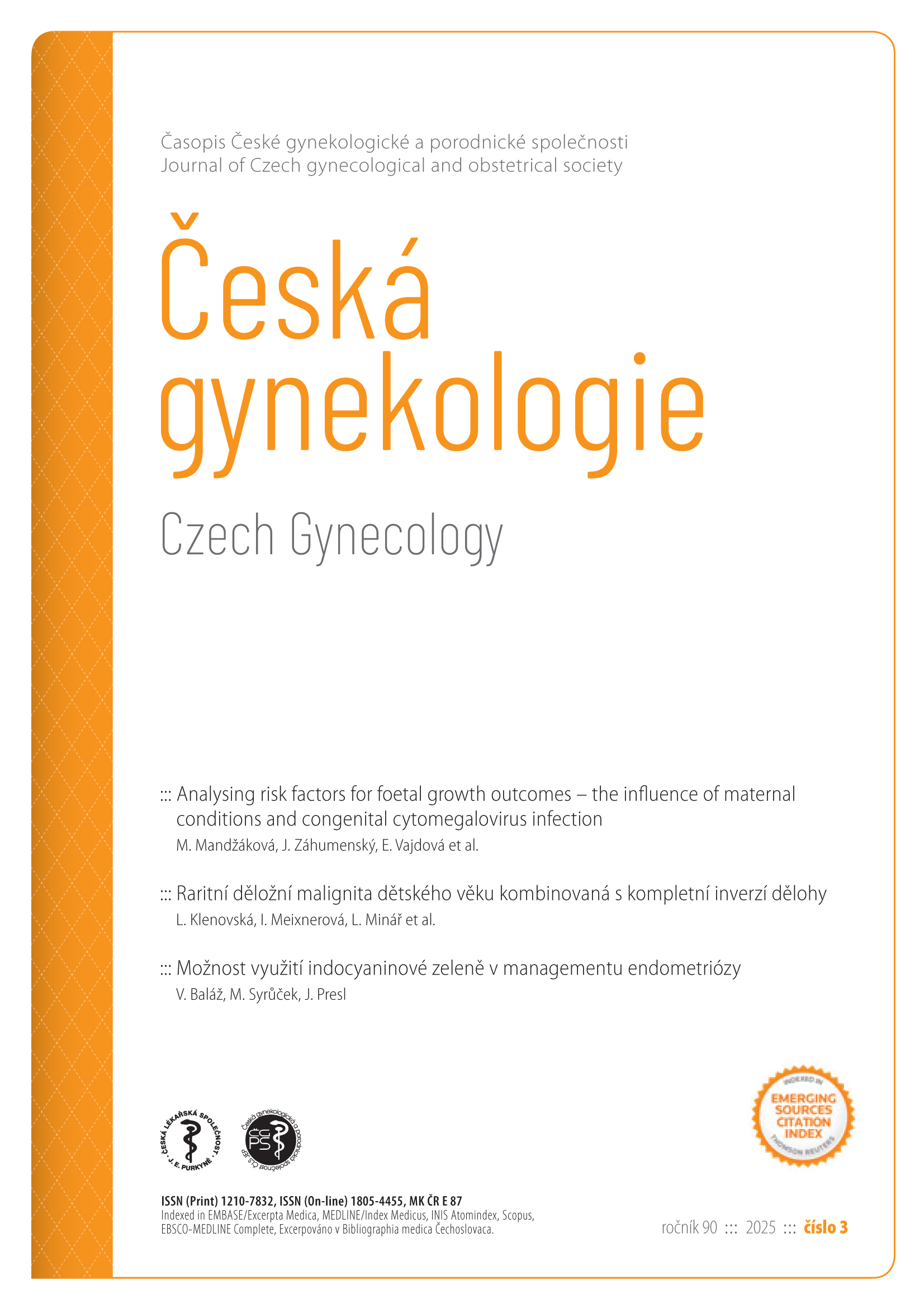The The association between 1st trimester serum kisspeptin level and antenatal complications
kisspeptin, pregnancy
Keywords:
kisspeptin-10, kisspeptin-54, pregnancy outcome, fetal growth restriction, pregnancy-induced hypertensionAbstract
Objective: We aimed to evaluate the usefulness of serum kisspeptin (KP), measured in the 1st trimester (11–14 weeks), as a new biomarker that can predict antenatal complications. Materials and methods: A prospective case-control study of prospectively collected data. Blood samples of all patients (N = 124) were preserved at –70 °C for the assessment of serum KP-10 and KP-54 levels. The KP levels were analyzed for comparison among women who experienced complications including fetal growth retardation (FGR), pregnancy-induced hypertension (PIH), preterm delivery, gestational diabetes, and fetal death. The control group consisted of matching subjects who completed their pregnancies without problems. The predictive effect of serum KP on adverse pregnancy outcomes was investigated. Results: Among all adverse pregnancy outcomes, the KP-10 level was significantly higher in patients who developed FGR (P = 0.025). In the patient cohort affected by PIH, either accompanied by preeclampsia or standalone, there was a trend towards higher KP-10 levels (P = 0.059), although statistical significance was not achieved. However, regarding KP-10, the calculated cut-off value and the area under the curve (AUC) for predicting the onset of FGR were statistically significant (AUC: 0.684; P = 0.006). The model established with KP-10, PIH, and pregnancy associated plasma protein-A (PAPP-A) was found to be significant in predicting the development of FGR (P = 0.006; NPV: 98%; PPV: 21.4%; OR: 0.10; 95% CI 0.016–0.611). Conclusions: First trimester maternal serum KP levels may have the potential to be used as a 1st trimester biomarker that can predict the development of FGR.


